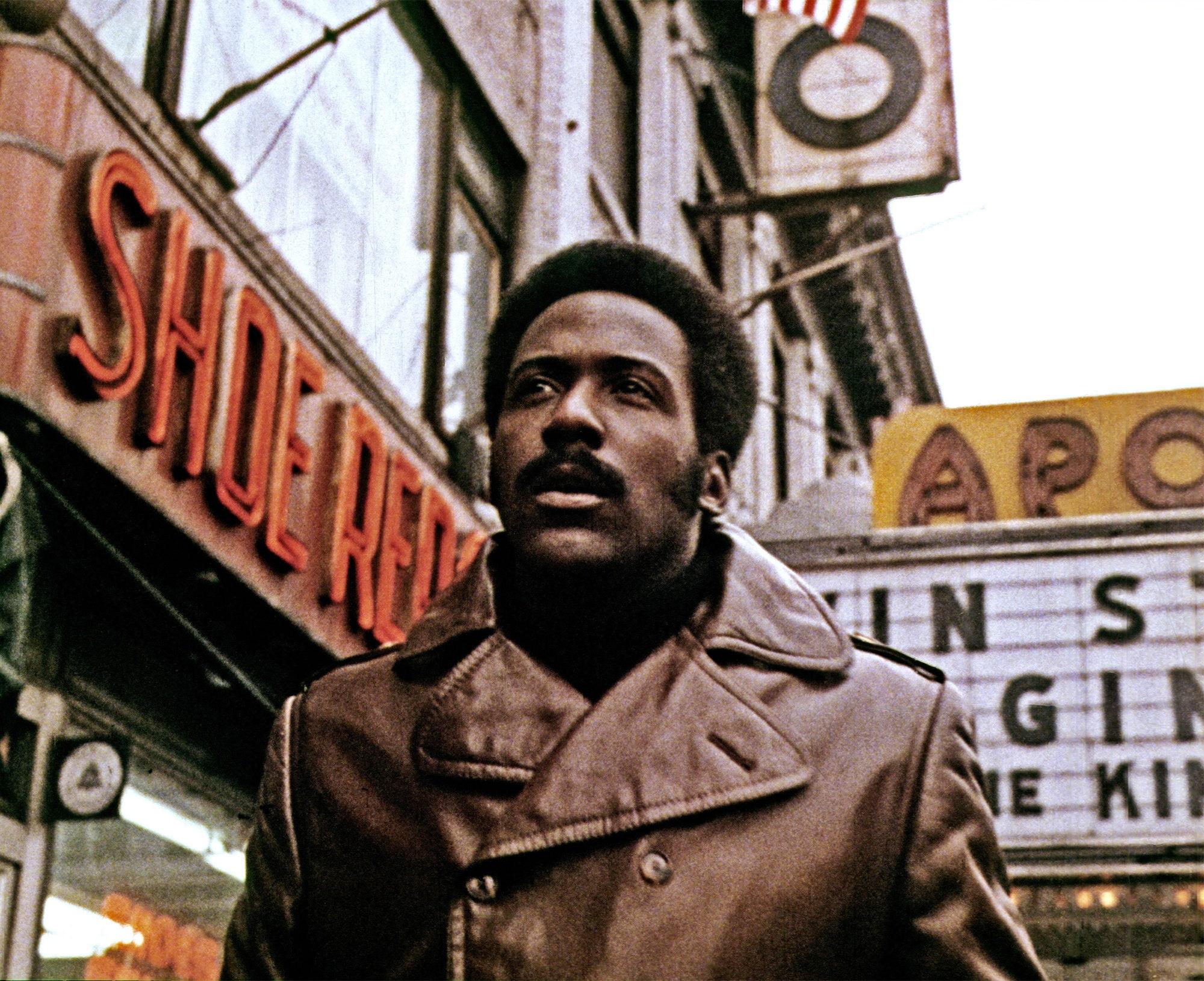Golf driver performance significantly relies on shaft flex, influencing accuracy, distance, and swing dynamics. Amateurs and those with slower swing paces benefit from flexible shafts to gain distance and forgiveness. Seasoned players with high swing velocities prefer stiffer shafts that provide more control and accuracy. Understanding shaft flex is paramount for golfers to match their equipment to their individual swing patterns. This article provides an academic examination of shaft flex and its relationship to golf driver performance.
– Shaft Flex: An Essential Consideration for Accuracy and Distance
Shaft Flex: An Essential Consideration for Accuracy and Distance
Shaft flex, determined by the amount of bend in the shaft during the swing, has a profound impact on accuracy, distance, and swing dynamics in golf drivers. Understanding flex characteristics allows golfers to make informed decisions when selecting a shaft that suits their individual needs and playing style. Stiffer shafts, designed for faster swing speeds, promote control and provide more precise ball placement. Flexible shafts, on the other hand, offer forgiveness and assist in generating distance for beginners and those with slower swings.
Types of Shaft Flex
Extra Stiff (X): Suitable for very experienced players with high swing speeds. Provides exceptional control but requires significant strength to swing smoothly.
Stiff (S): Ideal for professional and highly skilled golfers with moderate to fast swing speeds. Offers a balance of control and feel, enhancing accuracy and distance.
Regular (R): Designed for proficient players with moderate swing speeds. Provides optimal all-around performance, fostering forgiveness and distance in a wide range of swing dynamics.
Senior (SR): Tailored for older golfers or those with slower swing speeds. Offers greater flexibility to compensate for reduced power, promoting effortless swings and improved distance.
Choosing the Right Flex
Golfers should consider several factors when selecting shaft flex:
Swing speed: Evaluate swing speed using a launch monitor or seek guidance from a golf professional. Stiffer shafts are appropriate for faster speeds, while flexible shafts benefit slower speeds.
Height and strength:Taller or stronger players may prefer stiffer shafts for better control, while shorter or weaker players may opt for flexible shafts to facilitate smoother swings.
* Personal preference:Ultimately, the best shaft flex for a golfer depends on their individual preferences, swing mechanics, and desired ball trajectory.
– The Relationship Between Shaft Flex and Swing Dynamics
The relationship between shaft flex and swing dynamics is paramount for optimizing driver performance. Stiffer shafts resist bending against the force of the swing, resulting in increased control over the clubface at impact. For experienced players with faster swing speeds, stiffer shafts enhance accuracy by reducing clubface twisting and maintaining a square face.
Conversely, flexible shafts allow for more bending during the swing, promoting higher ball speeds and greater forgiveness. This is particularly beneficial for beginners and players with slower swings, as the increased flexibility provides more feel and a wider margin for error. The shaft flex also influences the launch angle of the ball. Stiffer shafts produce a lower launch angle, resulting in a piercing trajectory with reduced spin. This aids experienced players in controlling the ball in various conditions and maximizing distance.
Understanding Shaft Flex for Swing Optimization
To harness the benefits of shaft flex, golfers need to align the flex with their individual swing dynamics. Factors such as swing speed, tempo, and transition should be considered. For example, faster swingers will benefit from stiffer shafts to prevent excessive shaft bending and maintain control, while smoother swingers might prefer flexible shafts for increased ease of use and launch angle optimization. It is crucial for golfers to experiment with different shaft flexes to identify the best fit for their swing and desired outcomes.
– Optimal Shaft Flex for Various Skill Levels and Swing Speeds
Optimal Shaft Flex for Various Skill Levels and Swing Speeds
Understanding the correlation between shaft flex and swing speed is essential. As a general rule of thumb, faster swing speeds demand stiffer shafts, while slower swing speeds necessitate flexible shafts. Matching shaft flex to your specific swing characteristics ensures greater control and distance optimization.
For seasoned golfers with lightning-fast swing speeds, stiffer shafts are the ideal choice. These shafts provide enhanced stability and precision, allowing for pinpoint accuracy and sharp ball trajectories. Conversely, novice golfers and those with more moderate swing speeds should opt for flexible shafts. The added flexibility promotes a higher launch angle, promoting greater distance and forgiveness on mishits.
| Swing Speed (mph) | Shaft Flex |
|---|---|
| <100 | Senior |
| 100-110 | Regular |
| 110-120 | Stiff |
| 120+ | X-Stiff |
– Effects of Shaft Flex on Ball Speed and Launch Angle
Effects of Shaft Flex on Ball Speed and Launch Angle:
Shaft flex significantly influences ball speed and launch angle. Stiffer shafts promote higher ball speeds due to increased clubhead speed. The reduced flex at impact allows the clubhead to transfer more energy to the ball. This translates into longer drives for players with faster swing speeds.
Conversely, flexible shafts optimize launch angle for players with slower swings. The increased shaft flex provides additional whip and launch, resulting in a higher launch angle. With a higher launch angle, beginners and players with slower swing speeds can achieve longer drives even if their clubhead speed is limited.
Table: Shaft Flex Impact on Ball Speed and Launch Angle
| Shaft Flex | Ball Speed | Launch Angle |
|:—:|:———–:|:—————:|
| Stiff | Higher | Lower
| Regular | Moderate | Moderate
| Flexible| Lower | Higher
– Maximizing Performance by Matching the Shaft Flex to the Golfers Capabilities
Maximizing Performance by Matching the Shaft Flex to the Golfer’s Capabilities
Shaft flex exerts a profound influence on the golfer’s ability to maximize performance. A well-matched shaft allows golfers to generate optimal clubhead speed, produce a consistent launch angle, and minimize excessive spin or ballooning shots.Conversely, an ill-matched shaft can hinder performance, resulting in inconsistent ball flight, reduced distance, and diminished accuracy.
Understanding a golfer’s physical characteristics is crucial for shaft flex selection. Taller and/or stronger golfers generally require stiffer shafts, while those of shorter stature or reduced strength may opt for softer or more flexible shafts. However, body size alone should not be the sole determinant; swing dynamics and tempo also play significant roles. A rapid, aggressive swing may benefit from a stiffer shaft, while a slower, smoother swing may pair better with a more flexible one.
Ultimately, the best shaft flex for a golfer is the one that allows them to deliver the clubhead squarely into the back of the golf ball. This impact point promotes optimal energy transfer, resulting in increased ball speed and distance. If a golfer consistently strikes the ball too low on the face with a stiff shaft, a more flexible option may be necessary. Conversely, if the ball is consistently struck too high on the face with a flexible shaft, a stiffer shaft may be preferable.
Conclusion
this in-depth analysis has elucidated the profound impact of shaft flex on golf driver performance, highlighting its role in optimizing accuracy, distance, and swing dynamics. By comprehending the intricacies of this relationship, golfers can make informed decisions when selecting a driver shaft that aligns with their unique swing characteristics and performance goals.
This study contributes to the growing body of knowledge on golf equipment design and optimization. It empowers golfers to maximize their potential by tailoring their equipment to their individual needs, ultimately leading to improved performance and a more enjoyable golfing experience.





